
The activity of extra discounts on wholesale prices is in full swing…
Please fill in your contact information and we will send you the latest wholesale price list.

Isolators are components used to transmit signals across two sections of a circuit that must remain electrically separated for safety, noise immunity, or functional reasons. This electrical separation—called galvanic isolation—prevents current flow while still allowing data or control signals to pass through. Isolators are especially important in high-voltage or noisy environments, such as industrial automation, motor control systems, or medical electronics. Isolators are signal-level devices that facilitate safe communication between subsystems without direct electrical contact. There are two primary types of isolators: optical isolators (also known as optocouplers) and digital isolators. Optical isolators use light to transmit information across an isolation barrier. A typical optocoupler consists of an LED on the input side and a phototransistor, photodiode, SCR, or Triac on the output side. When current flows through the LED, it emits light that activates the output component, allowing the signal to be reproduced on the isolated side. Optocouplers are widely used in applications requiring moderate speed and high-voltage isolation—such as microcontroller interfaces, SMPS (switch mode power supply) feedback loops, or PLC input modules. They are favored for their simplicity and excellent electrical noise immunity. Digital isolators, on the other hand, do not rely on light. Instead, they typically use capacitive or magnetic coupling to transmit digital signals across the isolation barrier. These isolators offer several advantages over optocouplers, including higher data rates, lower power consumption, better temperature stability, and longer lifespan since they avoid LED aging. Digital isolators are particularly well-suited for high-speed communication interfaces like SPI, I²C, or UART, where timing and signal integrity are critical. However, they may be more sensitive to certain types of transient interference, depending on the design and application. Choosing between an optical and a digital isolator depends on several factors: signal type (analog or digital), speed, voltage isolation requirements, environmental conditions, and reliability expectations. For example, optocouplers might still be preferred in high-voltage analog feedback paths due to their robust noise immunity, while digital isolators may be better suited for fast, compact, low-power digital systems.
| Select products | Mfr | Description | Package | Supplier Device Package | Mounting Type | Series | Operating Temperature |
|---|---|---|---|---|---|---|---|
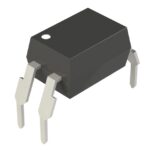 14230534110 $0.47000 | Würth Elektronik | OPTOISOLTR 5KV TRIAC 1CH 4-DIP-M | Tube | 4-DIP-M | Through Hole | WL-OCTR | -40°C ~ 100°C |
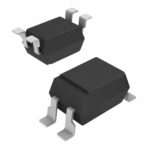 14230534300 $0.47000 | Würth Elektronik | OPTOISOLATR 5KV TRIAC 1CH 4DIPSL | Tape & Reel (TR),Cut Tape (CT) | 4-DIP-SL | Surface Mount | WL-OCTR | -40°C ~ 100°C |
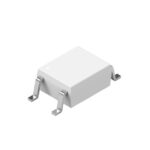 14230534500 $0.58000 | Würth Elektronik | OPTOISOLTR 3.75KV TRIAC 1CH 4SOP | Tape & Reel (TR),Cut Tape (CT) | 4-SOP | Surface Mount | WL-OCTR | -40°C ~ 100°C |
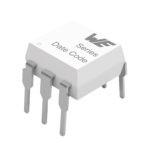 14230536011 $0.69000 | Würth Elektronik | OPTOISOLATOR 5KV TRIAC 1CH 6-DIP | Tube | 6-DIP | Through Hole | WL-OCTR | -40°C ~ 100°C |
 14230536111 $0.69000 | Würth Elektronik | OPTOISOLATOR 5KV TRIAC 1CH 6-DIP | Tube | 6-DIP | Through Hole | WL-OCTR | -40°C ~ 100°C |
 14230536301 $0.69000 | Würth Elektronik | OPTOISOLATOR 5KV TRIAC 1CH 6-SMD | Tape & Reel (TR),Cut Tape (CT) | 6-SMD | Surface Mount | WL-OCTR | -40°C ~ 100°C |
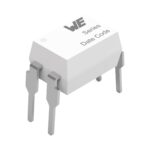 14230614010 $0.47000 | Würth Elektronik | OPTOISOLATOR 5KV TRIAC 1CH 4-DIP | Tube | 4-DIP | Through Hole | WL-OCTR | -40°C ~ 100°C |
 14230614110 $0.52000 | Würth Elektronik | OPTOISOLTR 5KV TRIAC 1CH 4-DIP-M | Tube | 4-DIP-M | Through Hole | WL-OCTR | -40°C ~ 100°C |